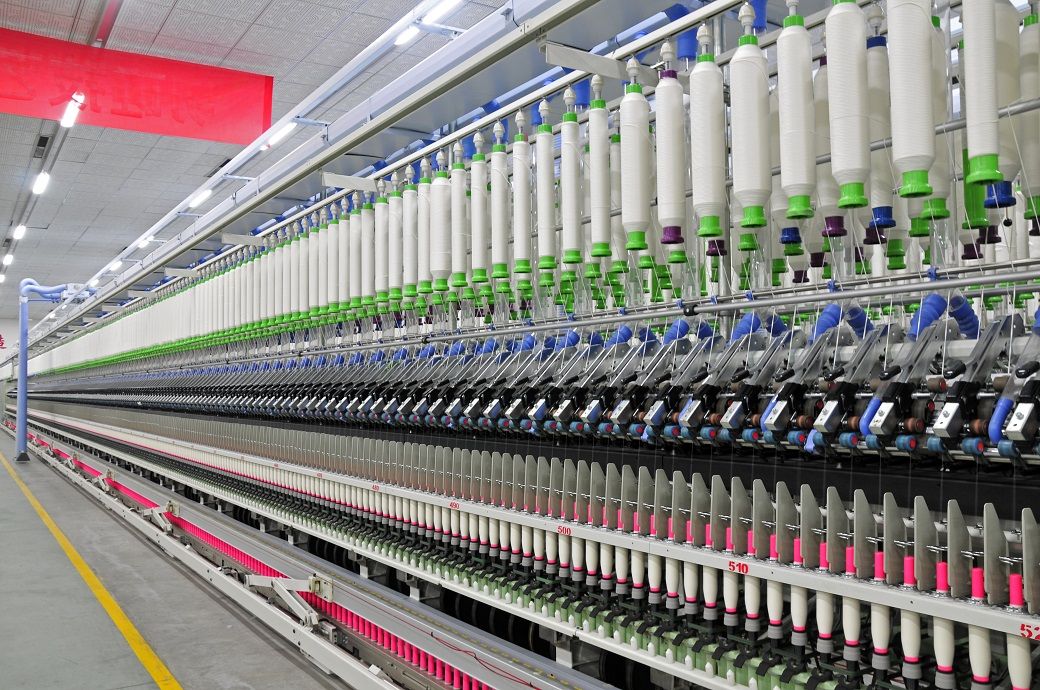
In a similar trend, the output PPI has been positive for 29 months, slowing for the past 10. It saw a drop of 16.7 percentage points from its recent high of 19.6 per cent in July 2022.
The index levels for both input and output prices remained largely unchanged since June 2022. This follows a period of rapid increase from 2021 into early 2022, as per ONS.
The annual inflation rate of producer input prices also saw a dip by 3.7 percentage points from 4.2 per cent in April 2023 to 0.5 per cent in May 2023, the lowest annual rate since November 2020.
The monthly producer input inflation in May 2023 fell by 1.5 per cent, a notable shift from the 0.1 per cent increase seen in April 2023. This is the largest monthly decrease since April 2020, significantly down from the record monthly increase of 5.1 per cent in April 2022—an immediate result of the Ukraine conflict and its impact on crude oil prices.
Among the 10 product groups analysed, 9 showed a decline in contributions to the change in the annual inflation rate. Crude oil emerged as the most significant contributor, contributing 1.49 percentage points to the decline.
Furthermore, the annual inflation rate of producer output prices, commonly referred to as 'factory gate' prices, decreased by 2.3 percentage points from 5.2 per cent in April 2023 to 2.9 per cent in May 2023. This is the lowest annual rate since March 2021.
The monthly producer output inflation also fell by 0.5 per cent in May 2023, compared to a 0.2 per cent decrease in April 2023.
Of the 10 product groups analysed in this category, 9 showed downward contributions to the change in the annual inflation rate, with petroleum products providing the largest contribution, at 0.56 percentage points. In terms of monthly changes, petroleum product prices dropped by 4.8 per cent in May 2023, a stark contrast to the 3.0 per cent increase in May 2022. Clothing, textile, and leather products, however, saw a monthly price increase of 0.7 per cent.
Fibre2Fashion News Desk (DP)